Korean Fir Tree
- November 15, 2024
- 0 comment
The Korean Fir Tree, scientifically known as Abies koreana, is a remarkable evergreen tree native to the high mountain ranges of South Korea. It’s known for its beautiful, compact form and strikingly vibrant cones, which add unique beauty to both natural landscapes and cultivated gardens.
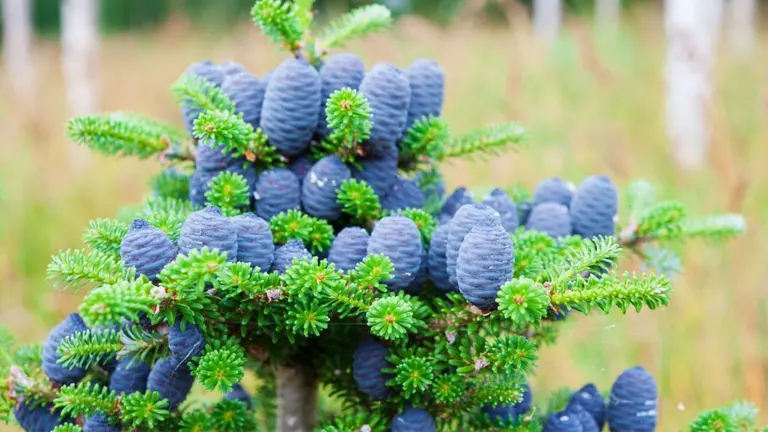
Beyond its aesthetic appeal, the Korean Fir Tree plays a crucial role in forest ecosystems, contributing to biodiversity and offering a habitat for numerous species. Its presence in alpine forests promotes soil health, prevents erosion, and supports local wildlife.
What Is a Korean Fir Tree?
The Korean Fir Tree is a member of the Pinaceae family and shares this botanical classification with other conifers, such as pines, spruces, and cedars. Abies koreana is a slow-growing evergreen with a symmetrical shape, reaching heights of 10–18 meters (33–59 feet).
The tree is known for its short, dark-green needles that display a silvery underside, creating a two-tone effect. It’s most celebrated for its cylindrical purple-blue cones, which stand upright on branches, unlike most conifer cones that hang down. Notably, the Korean Fir is highly resilient and can live up to 150 years, contributing to long-term forest stability and soil regeneration.
Three Different Types of Korean Fir Tree Species
While Abies koreana is the primary species of the Korean Fir, there are various cultivars developed for ornamental planting. Some popular cultivars include:
’Silberlocke’ (Silver Korean Fir)
Known for its strongly curved needles with bright silver undersides, creating a unique spiral effect on the branches.


’Compact Dwarf’
A smaller variant reaching only 3-4 feet, ideal for small landscapes or rock gardens.
’Blue Emperor’
Distinguished by its intense blue foliage, adding a vibrant touch to garden settings.

Each cultivar has slight variations in needle color, growth habit, and height, allowing them to adapt to different garden conditions. In the wild, the Korean Fir Tree is ecologically valuable, providing stability to mountain ecosystems and serving as an anchor for forest biodiversity.
Where Do Korean Fir Trees Grow?
The Korean Fir Tree is native to the mountainous regions of South Korea, particularly on Jeju Island and in the Korean peninsula’s high-altitude areas. It thrives in cool, moist climates, usually found at elevations of 1,000–1,900 meters (3,280–6,230 feet), where conditions are ideal for its growth.
This tree favors well-drained soils and cooler temperatures, making it well-adapted to highland areas and resistant to cold. The Korean Fir plays an essential role in preventing soil erosion on steep mountain slopes and supports a range of plant and animal life, enhancing overall forest resilience and diversity.
How to Grow and Care for Korean Fir Tree
Growing the Korean Fir Tree at home requires careful attention to soil, sunlight, and water needs:

- Soil: This tree prefers slightly acidic, well-draining soil rich in organic matter.
- Watering: Young trees need regular watering, but established trees are moderately drought-tolerant and require less frequent watering.
- Sunlight: Korean Fir grows best in full sun but can tolerate partial shade, especially in warmer climates.
To propagate the Korean Fir Tree, seeds are the most common method, although they require stratification (cold treatment) to enhance germination. Once established, Korean Firs benefit from annual pruning to maintain shape and ensure adequate airflow around branches. This tree has few pest issues, but it’s wise to watch for signs of aphid infestations, which can occasionally occur.
Ecological Benefits of Korean Fir Tree
The Korean Fir Tree contributes significantly to its ecosystem. Its dense root system helps stabilize soil on mountainsides, preventing erosion and landslides. Fallen needles add organic matter to the soil, improving fertility over time.
Additionally, the Korean Fir supports local biodiversity by providing food and shelter for insects, birds, and small mammals, making it an important tree for maintaining the health of alpine forest ecosystems.
Korean Fir Tree Flowering and Pollination
Korean Fir Trees are primarily known for their cones rather than traditional flowers. The tree produces both male and female cones in spring; male cones release pollen, which the wind carries to female cones for fertilization. The female cones, which mature over summer, are large and upright with a distinctive purple hue. These cones attract birds and small mammals, which help disperse seeds, allowing the Korean Fir to naturally propagate and maintain its population.
Is the Korean Fir Tree Drought-Tolerant?
The Korean Fir is moderately drought-tolerant once mature, but it requires moist conditions during its early growth stages. It is more resilient to drought than some fir species but thrives best in cooler, moist environments where water is plentiful. In regions with less rainfall, regular watering and mulch can help the tree retain moisture and withstand drier conditions.
Korean Fir Tree and Wildlife Interactions
The Korean Fir Tree supports an array of wildlife, from insects to birds and small mammals. Birds often seek shelter in its dense foliage and feed on its seeds, while squirrels and other small animals may use its cones as a food source. Additionally, by providing consistent year-round shelter and food, the Korean Fir plays a symbiotic role in maintaining a balanced ecosystem, supporting numerous species that rely on it for survival.
Conclusions
The Korean Fir Tree (Abies koreana) stands as a resilient and beautiful addition to forests and gardens alike, offering a range of ecological, aesthetic, and practical benefits. Its role in soil stabilization, biodiversity support, and climate adaptation makes it essential for conserving mountainous ecosystems. As awareness of its ecological significance grows, the Korean Fir Tree continues to serve as a valuable symbol of resilience, beauty, and environmental stability.
Frequently Asked Questions (FAQs)
- What is the Korean Fir Tree?
The Korean Fir Tree is an evergreen conifer native to South Korea, known for its compact size, dark green needles with silvery undersides, and distinctive purple cones. - Where does the Korean Fir Tree grow naturally?
It grows in the high-altitude, mountainous regions of South Korea, especially on Jeju Island, thriving in cool, moist climates. - How tall does the Korean Fir Tree grow?
The tree generally reaches heights of 10–18 meters (33–59 feet), though smaller ornamental cultivars exist. - What makes the Korean Fir Tree unique?
Its silver-tipped needles and upright, purple-blue cones make it visually striking, and it’s highly resilient, with a lifespan of up to 150 years. - How do you care for a Korean Fir Tree in a home garden?
Plant it in well-drained, slightly acidic soil with full sun or partial shade. Water young trees regularly and prune as needed to maintain shape. - Is the Korean Fir Tree drought-tolerant?
Once established, it has moderate drought tolerance, but it prefers moist, cool environments and benefits from regular watering. - What is the ecological role of the Korean Fir Tree?
It prevents soil erosion, improves soil quality, and provides food and shelter for wildlife, making it vital for mountainous ecosystems. - What wildlife does the Korean Fir Tree support?
The tree provides habitat and food for various birds, insects, and small mammals, contributing to local biodiversity.
We hope this guide has highlighted the beauty and ecological value of the Korean Fir Tree. Have experiences with growing or conserving Korean Firs? Share your insights below and help inspire others to appreciate and protect this unique species. Don’t forget to share this guide with fellow nature lovers committed to preserving our ecosystems.


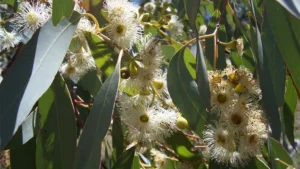
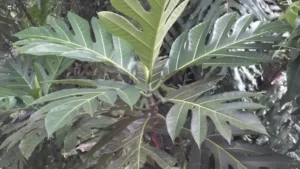
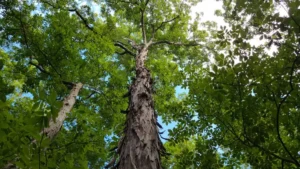
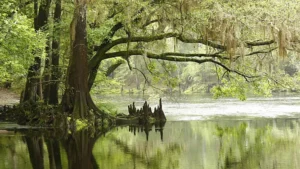
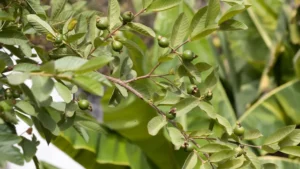


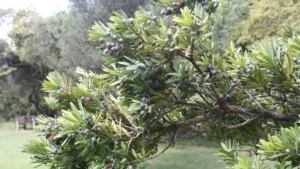
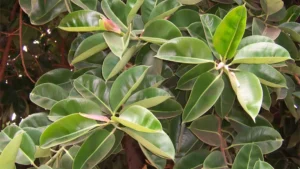

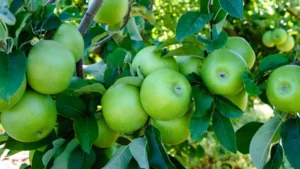
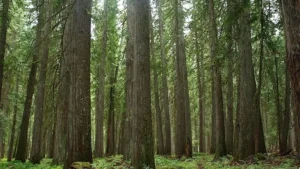
Leave your comment